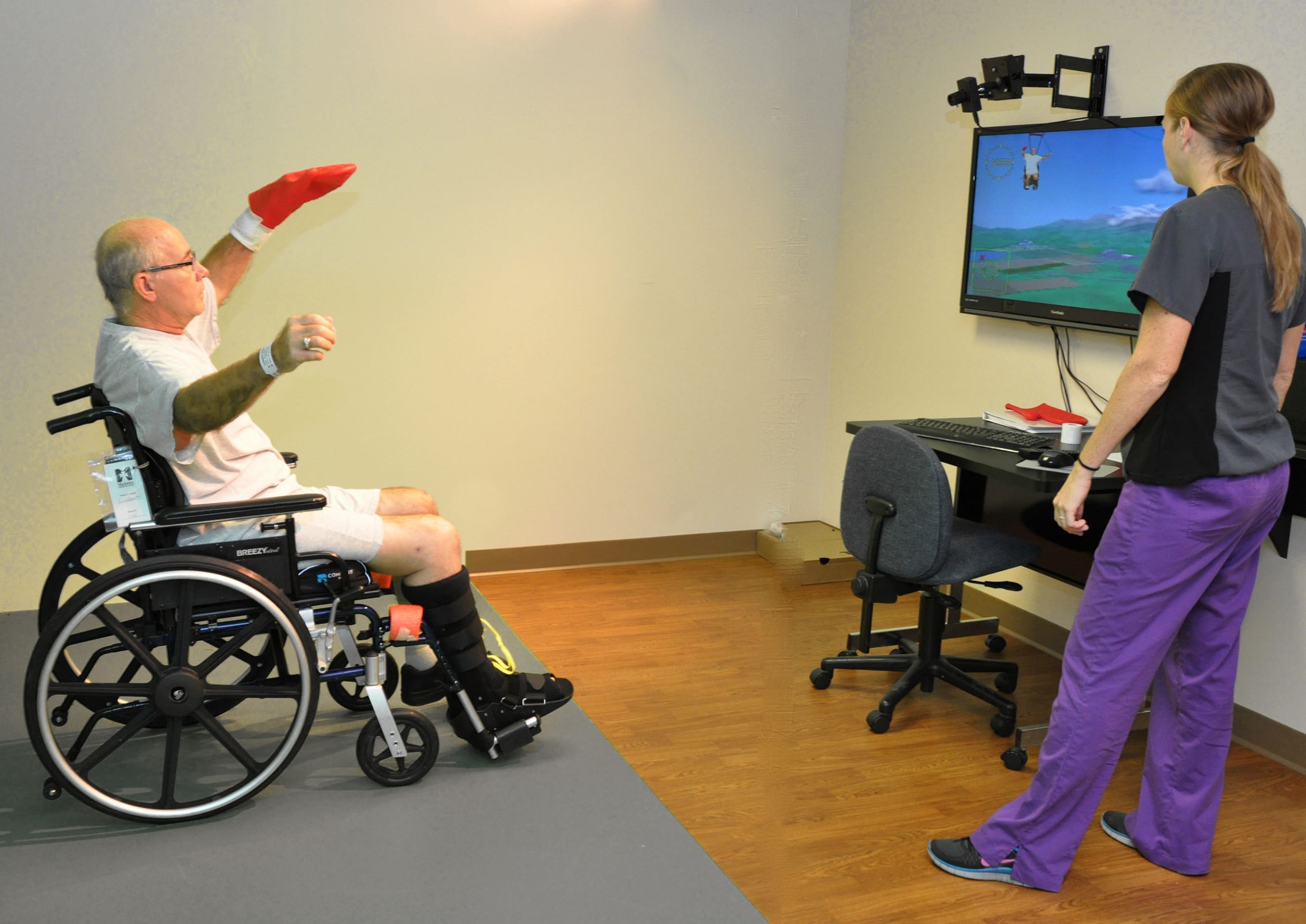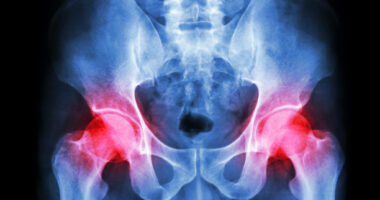In an era where the lines between biology and technology are increasingly blurred, the world of sports is witnessing a seismic shift in how athletes recover and thrive. Gone are the days when ice baths and rest days monopolized the rehabilitation regimens of weary players.
Today, a fusion of cutting-edge artificial intelligence and innovative technologies is paving the way for recovery processes that are not only more efficient but also tailored to the unique needs of each individual athlete. From smart wearables that monitor physiological responses in real-time to AI-driven analytics that predict potential injuries before they occur, the landscape of athletic recovery is transforming at a breathtaking pace.
As elite competitors and weekend warriors alike embrace these advancements, the question arises: how exactly is this technological revolution reshaping their journeys back to peak performance?
Harnessing AI: Transforming Recovery Protocols for Enhanced Performance

Harnessing AI in recovery protocols has sparked a revolution in how athletes rejuvenate and prepare for performance. Imagine a world where machine learning algorithms analyze an athlete’s unique physiological data, pinpointing exactly when and how to tailor recovery strategies.
Gone are the days of one-size-fits-all routines; now, with precision, AI can recommend variations in nutrition, sleep patterns, and physiotherapy tailored to individual needs. This evolution not only accelerates physical healing but also enhances mental resilience.
Coupled with real-time monitoring through wearable technology, athletes can receive instant feedback on their recovery progress, making adjustments almost on-the-fly. In this brave new arena, the integration of AI not only transforms recovery into a science but also elevates the very essence of athletic performance, pushing the boundaries of what’s possible.
Revolutionizing Rehabilitation: Virtual Reality and AI in Injury Recovery

The integration of virtual reality (VR) and artificial intelligence (AI) into rehabilitation is transforming the landscape of injury recovery for athletes in astonishing ways. Imagine donning a VR headset that immerses you in a tailored environment, where each movement not only aids in physical healing but also engages your mind, thereby enhancing motivation and reducing the perception of pain.
Through AI-driven analytics, practitioners can now track recovery progress in real time, adjusting therapy regimens with precision to ensure optimal results. This synergy between immersive experiences and intelligent data utilization allows athletes to retrain their bodies, reclaim their confidence, and accelerate their return to peak performance with unprecedented efficiency.
As these technologies evolve, the very nature of rehabilitation is being redefined, offering a beacon of hope to those grappling with the challenges of recovery.
Looking Ahead: The Future Trends of AI and Technology in Sports Recovery

Looking ahead, the landscape of sports recovery is poised for a dramatic transformation as artificial intelligence and emerging technologies continue to evolve.
Whats on the horizon? Imagine personalized recovery protocols powered by real-time biomechanical data, enabling athletes to fine-tune their rehabilitative processes with pinpoint accuracy. Wearable devices, equipped with advanced sensors, will monitor physiological markers round-the-clock, providing instant feedback that could revolutionize injury prevention.
Augmented reality and virtual environments may enhance not only training techniques but also mental resilience, offering immersive recovery experiences. As machine learning algorithms delve deeper into injury patterns and recovery outcomes, coaches and trainers could harness predictive analytics to tailor individualized rehabilitation strategies—ensuring that every athlete returns to peak performance more effectively and safely.
This convergence of innovation promises not just to enhance recovery but to redefine what it means to be resilient in the world of sports.
Conclusion
In conclusion, the integration of AI and advanced technology into the recovery process for athletes marks a transformative shift in sports medicine and performance optimization. These innovations not only enhance recovery efficiency but also personalize therapeutic interventions, allowing athletes to maximize their potential while minimizing injury risks.
From advanced monitoring systems to AI-driven rehabilitation programs, the future of athletic recovery is data-driven and tailored to individual needs. Additionally, techniques such as 스웨디시 massage therapy can complement these advancements, promoting relaxation and aiding in muscle recovery. As we continue to explore the intersection of technology and sports, it is evident that the future holds significant promise for athletes striving to achieve peak performance.

